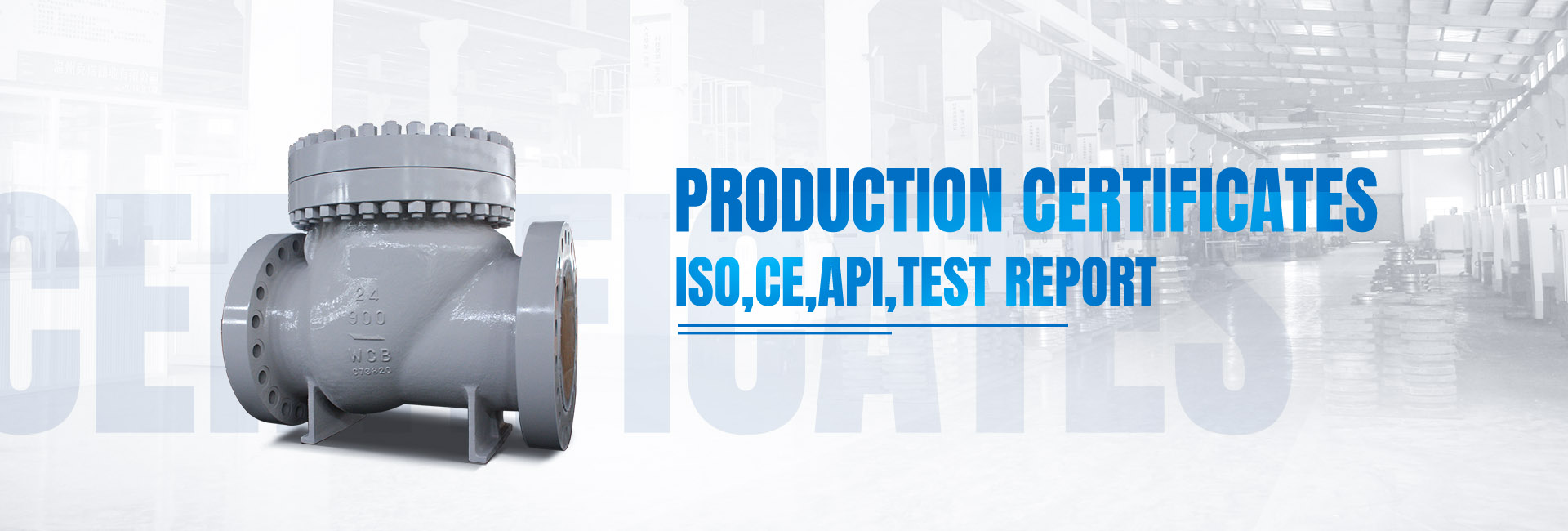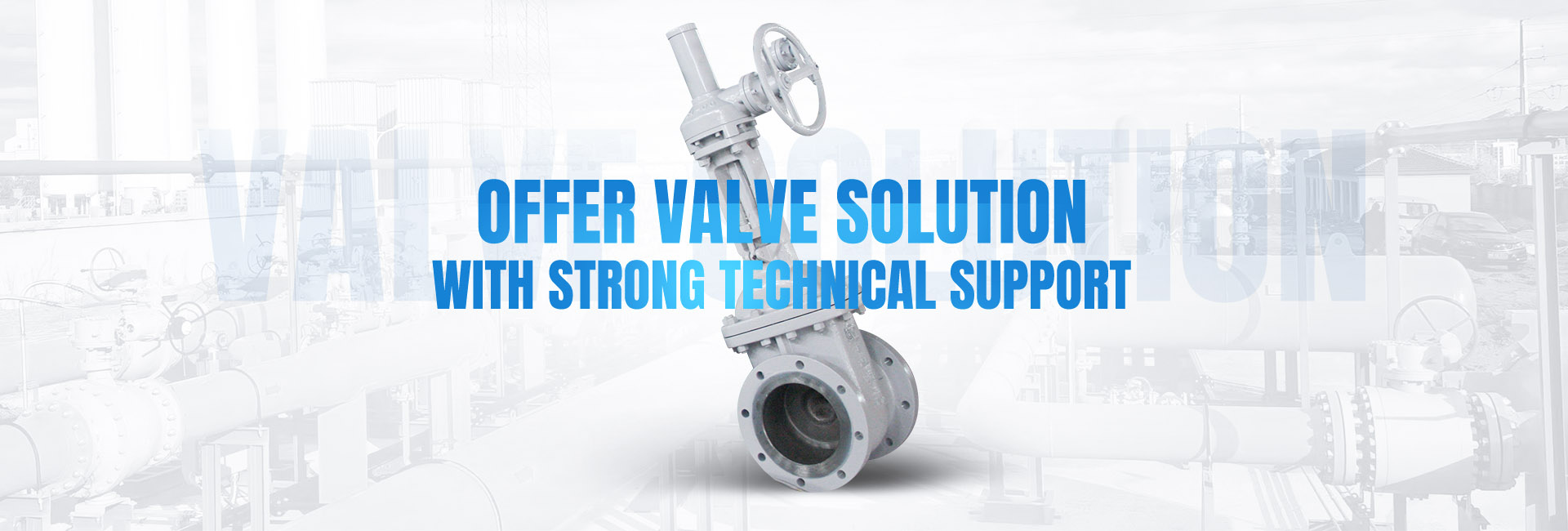Floating ball valve design
A floating ball valve named because ball-like sphere that “floats” freely inside the valve’s body, which is compressed between two flexible seats while suspended in liquid. What a floating ball valve normally does during operation is float slightly downstream, which causes the seating mechanism to compress under the ball. Should the seating disintegrate, the ball floats to the metal stem to seal it. This provides a fail-safe within the design.
The system also involves a stem in the valve’s body that connects it to a slot at the top of the ball and allows the ball to rotate 90 degrees. This stem allows the ball to move laterally when upstream pressure acts on it, while the other downstream seat improves the tightness of the valve’s seal. This allows the valve to close when liquid flows in either direction.
The ball itself has a hole through which liquids pass freely when it’s correctly aligned with both ends of the valve. This hole, when perpendicular, seals the valve. When this hole is in any other position, liquid will continue to flow through it. The floating ball valve can stop, distribute and alter the direction liquids flow within a pipeline, with its main features being the sealing design of the seats, which automatically relieve pressure, reliably sealing when flows reverse and acting as a locking device.
Pressure acts on the closed valve on the backside of the upstream seat as well as the ball, which forces the ball in the direction of the downstream seat. This force both deforms and limits the valve seats. This temporary deformation is engineered into the seats’ design, using stored energy to temporarily change its shape in order to keep the seal when temperatures or pressure changes.
ADVANTAGES & DISADVANTAGES
Floating ball valves are most often used in applications that require medium to low-pressure valves, and are well-suited for both liquids and gases. Lightweight and economical, the seating cannot operate as safely and efficiently with heavier balls.
- Advantages include:
- Compact design
- Cost-effectiveness
- Customizable
- Little flow resistance
- Reliable sealing functions
- Uncomplicated construction
Disadvantages include:
- Complete reliance on downstream seating when carrying a medium load.
- Difficult to operate when upstream pressure is high.
- Seating directly absorbs ball’s gravity, so is unable to reliably withstand higher pressures or larger balls.
How does a floating ball valve working ?
Floating ball valves are operated by a shaft, or stem, attached to the top of the ball that turns it 90 degrees (a quarter turn). As the ball rotates, the port is covered or uncovered by the wall of the valve body, either releasing or halting the flow of media. The stem is attached loosely enough to the ball that, as the ball rotates on its axis, the pressure of the flow pushes the ball against its downstream seat, creating a tight seal. For this reason, floating ball valves may not seal as effectively in very low pressure applications after a certain amount of seat wear has occurred. This is because there may not be enough media pressure to force the ball against the downstream seat to create a tight seal. However, in most applications downstream pressure is sufficient to maintain a tight seal long after the seats have begun to wear.
RXVAL offer kinds of floating ball valve such as one piece floating ball valve ,two piece floating ball valve,three piece floating ball valve. With different material,pressure and seat dealing . Please contact with us if you have need for these valves.
Post time: Jun-15-2022



